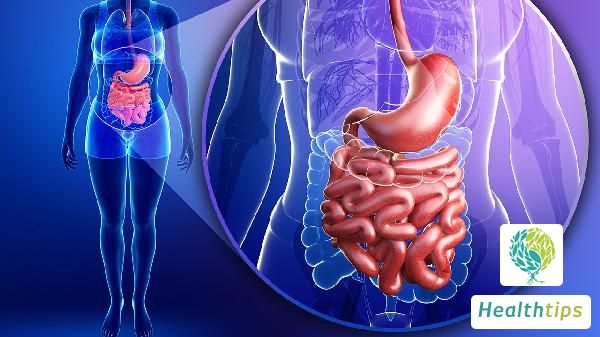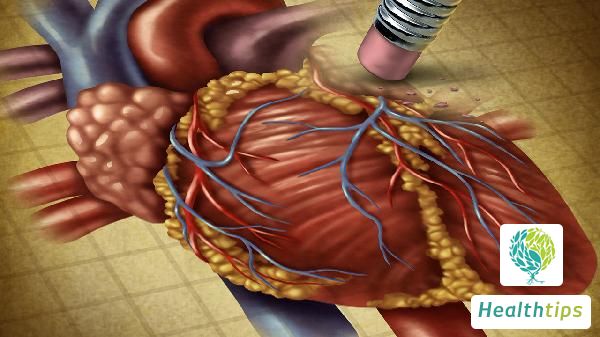How to Drain Renal Hydronephrosis?
Management of Hydronephrosis
For mild hydronephrosis, increasing water intake and engaging in appropriate exercise can aid in its resolution.

If the patient has severe hydronephrosis, pharmacological or surgical intervention may be necessary to alleviate symptoms.
I. Mild Hydronephrosis
1. Increase Water Intake: By moderately increasing fluid consumption in daily life, one can help flush the urinary tract, which can facilitate the excretion of hydronephrosis to a certain extent.
2. Appropriate Exercise: Regularly engaging in physical activities suited to one's condition, such as slow walking or practicing tai chi, can enhance the body's metabolism and contribute positively to recovery.
II. Severe Hydronephrosis
1. Pharmacological Treatment: If the condition stems from a urinary tract infection, antibiotics like Levofloxacin Hydrochloride Capsules or Norfloxacin Capsules can be prescribed by a doctor to effectively suppress inflammation and support recovery.
2. Surgical Treatment: For patients with severe cases that do not respond to the aforementioned methods and significantly impact daily life, it is advised to promptly seek consultation from the urology department of a reputable hospital and cooperate with medical professionals for targeted treatments to avoid further complications.
In daily life, maintaining a regular schedule with adequate sleep, avoiding late nights, and adopting a positive mindset to manage stress are also crucial. Additionally, regular follow-up visits to the hospital are essential for monitoring any changes in one's health status.



















